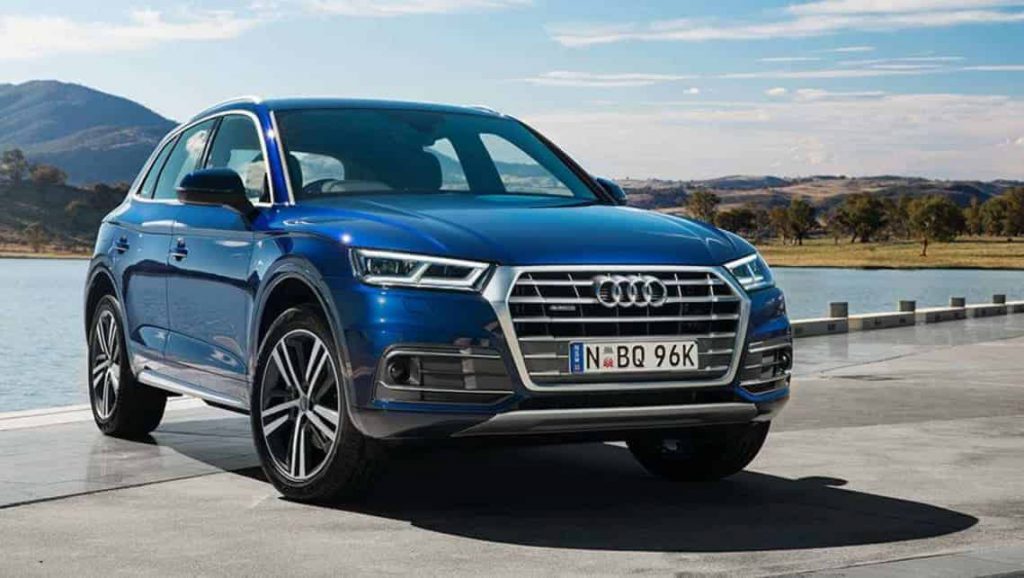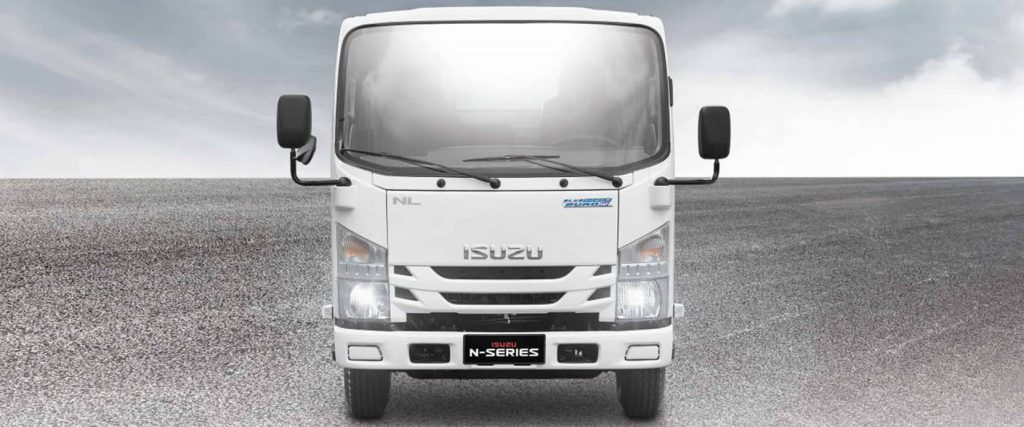According to the figures from distributor and manufacturer groups CAMPI (Chamber of Automotive Manufacturers of the Philippines), AVID (Association of Vehicle Importers and Distributors), and TMA (Truck Manufacturers Association), the Philippine auto industry sold 97,375 vehicles in the first quarter of 2019.
It’s still primarily an SUV, pickup, and light-truck market. Commercial vehicles sold 65,440 units during the first quarter, more than the double the output of the 31,935 passenger cars sold in the same period.
Toyota leads total vehicle sales
Toyota continues to lead the auto industry, annexing 34.46 percent of the market with 33,554 units sold. The Vios, Fortuner, Rush, Hilux, and the recently unveiled new Avanza and Hiace spearhead the brand’s practically unchallenged market domination.
Mitsubishi, bolstered by the Mirage, Xpander, Montero Sport, and Strada, comes in second with a 16.03 percent share, selling 15,613 units. The Mirage, with its Vios counterpart, are the only two current entrants in the government’s Comprehensive Automotive Resurgence Strategy (CARS) program, which mandates the manufacture of at least 200,000 units of a particular model within a six-year period in return for fiscal support.
Nissan, led by the Terra SUV, Navara pickup, and the Urvan, takes the third spot with 11.54 percent share with 11,239 units sold. Hyundai is in fourth with 9,949 units sold, for 10.22 percent of the market. Honda placed fifth with 6,403 units sold for 6.58 percent.
Ford came in sixth with 5,560 units for a 5.7-percent share, while Suzuki sold 4,812 units for 4.94 percent in seventh. Isuzu takes the eighth spot with 3,431 units sold, getting 3.52 percent of the market.
Consolidating its hold on the Magic 9 is upstart brand, Foton, which ended 2018 with the ninth ranking for the first time.
Luxury segment—Audi takes pole position
Despite the challenges that the Philippine automotive industry faced last year, the luxury car segment in the Philippines remains to be resilient as sales, in fact, increased in the first two months of the year.

Globally, the premium automobile sector continues to thrive as luxury European brands, especially from Germany, continue to invest on their cars’ technological advancements by rolling out new model after new model, often even more frequently than their Asian rivals.
The Philippines has seen the introduction of many new models in the market, bringing together innovative technological features and judicious pricing, which have contributed to the spike in sales of luxury cars.
Audi, BMW, Mercedes-Benz, and Lexus are the top four players in the Philippine premium car segment. Audi, with its formidable range of quattro all-wheel drive Q series SUVs in the Q2, Q3, Q5, and Q7, maintains its position as the premium segment leader closing sales in the first quarter with a total of 253 units.
BMW, which recently unveiled its all-new X5 SAV, follows suit with 197 units sold. Mercedes-Benz, which is celebrating a styling renaissance, is third with 158 units delivered while Japanese luxury car brand Lexus, which boasts of some of the sleekest designs in its cars and crossovers, comes in fourth with 144 units sold in the said quarter.
Isuzu consolidates lead in trucks
Isuzu, Foton, Hino, and Fuso top the commercial vehicle category in the country for the first quarter. Perennial CV leader Isuzu takes a commanding lead in this segment with a grand total of 3,431 Isuzu commercial,vehicles sold, followed by Foton with 1,197 units for second. Hino sold 795 units for third, while Fuso delivered 527 trucks for fourth.

Heavy truck sales have also been bolstered by the government’s Build Build Build accelerated infrastructure program.
All things considered, the automotive industry is bullish on sustained growth for the rest of the year, with a slew of new models (almost a dozen new modesl were announced in last month’s Manila International Auto Show) soon to hit (or have already) dealer showrooms.
CAMPI and AVID figures are consistent in reporting sales growth for March compared to both February and to March of last year—this despite slightly lower (by three and 0.3 percent) 2019 first quarter sales compared to the same period last year, also for both groups, respectively.

